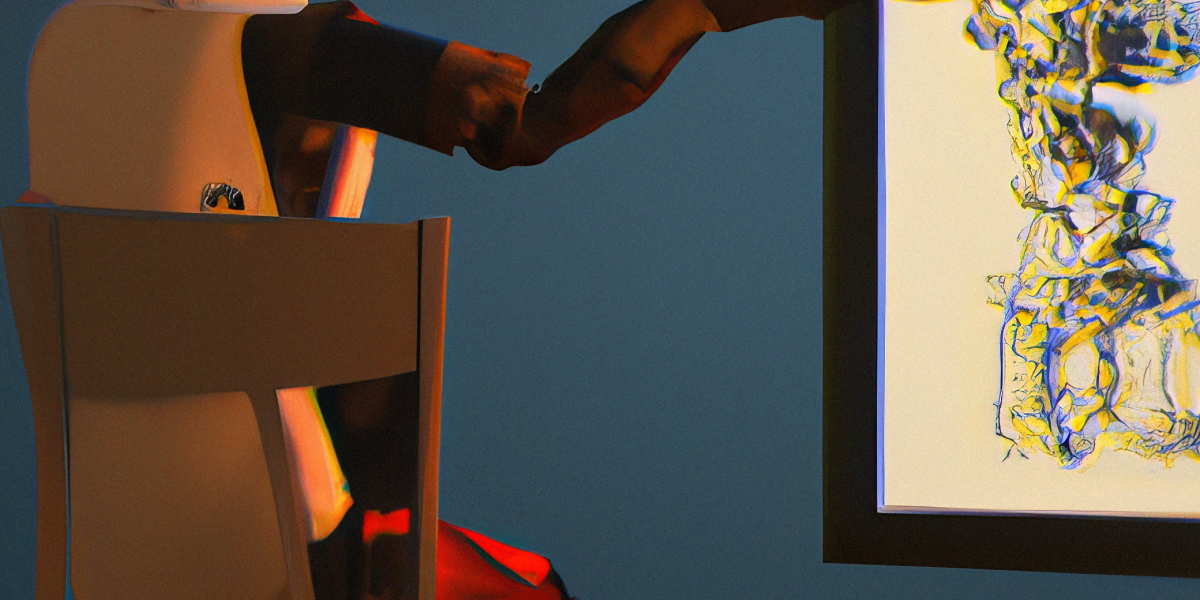
By making text-to-image models accessible to all, Stability AI poured fuel on what was already an inferno of creativity and innovation. Millions of people have created tens of millions of images in just a few months. But there are problems, too. Artists are caught in the middle of one of the biggest upheavals in a decade. And, just like language models, text-to-image generators can amplify the biased and toxic associations buried in training data scraped from the internet.
The tech is now being built into commercial software, such as Photoshop. Visual-effects artists and video-game studios are exploring how it can fast-track development pipelines. And text-to-image technology has already advanced to text-to-video. The AI-generated video clips demoed by Google, Meta, and others in the last few months are only seconds long, but that will change. One day movies could be made just by feeding a script into a computer.
Nothing else in AI grabbed people’s attention more last year—for the best and worst reasons. Now we wait to see what lasting impact these tools will have on creative industries—and the entire field of AI.
No one knows where the rise of generative AI will leave us. Read more here.
